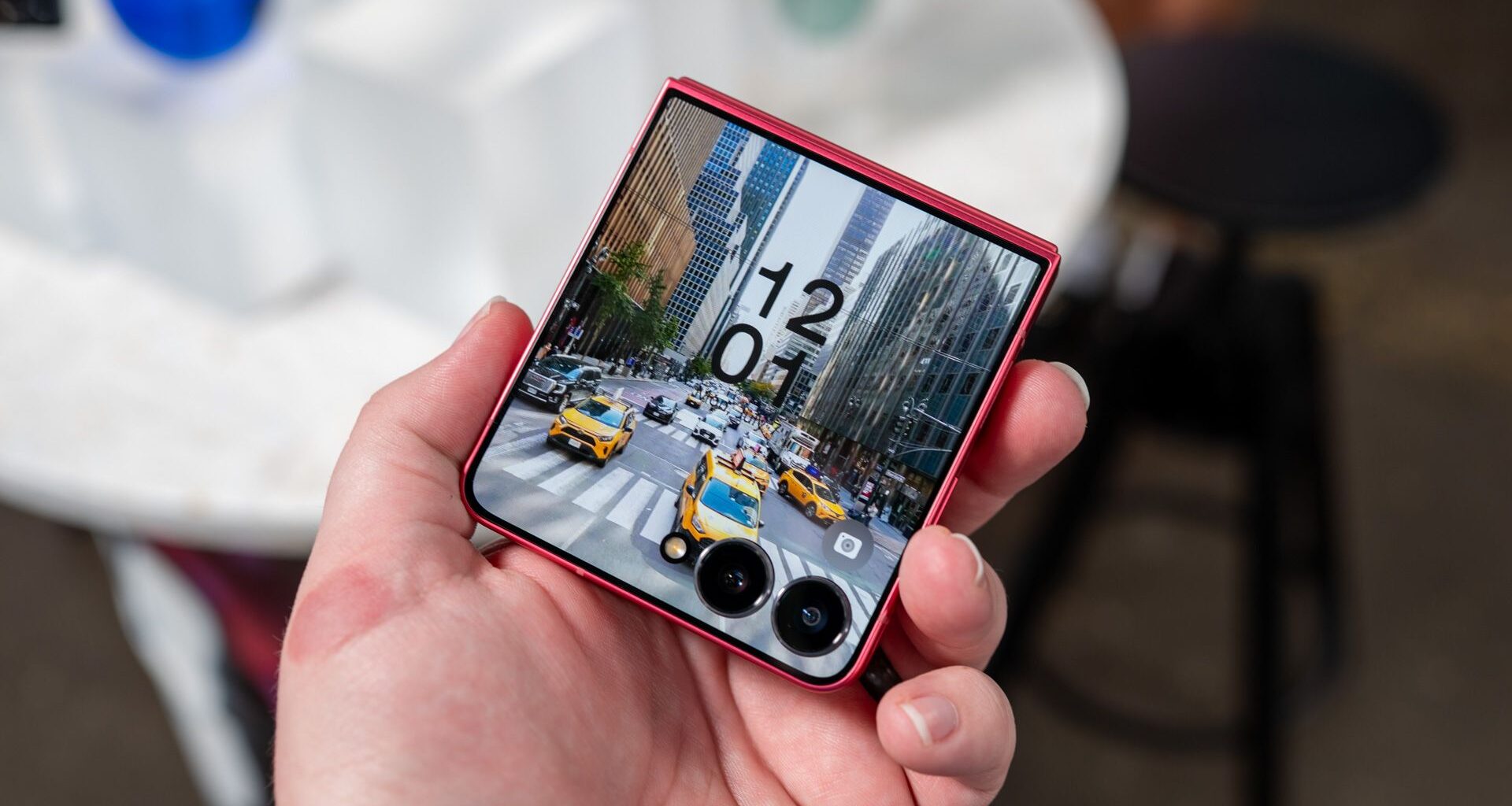2025 has seen some of the biggest leaps forward for folding smartphones. With its newly refined look, the Galaxy Z Fold 7 is the most well-received foldable to date. And yet, while these book-style devices are getting all the attention, it’ll be the smaller flip phones that ultimately win out.
Don’t Believe the Hype
Book-style devices like the Z Fold 7 and even tri-fold phones like Huawei’s Mate XT have had a near monopoly on the hype surrounding foldables. It’s understandable, as it’s the best way to show off the tech. These phones are sleek and stylish, they’re powerful, and they’ve got huge screens. Not to mention that they’re pretty expensive, so manufacturers would absolutely love you to buy one. The more attention they get, the better.
But high prices and questions about exactly how useful these devices are have kept sales relatively low. Maybe Apple’s entry into the market next year will help this, but I’m not sure that they’re ever going to become truly mass-market phones.
For Samsung, the Flip range has always outsold the Fold. The margin was around 30% in 2024, even with it being a sluggish year overall. And despite getting far less attention, there are good reasons why they’re more likely to break through into the mainstream.
1
They’re More Affordable
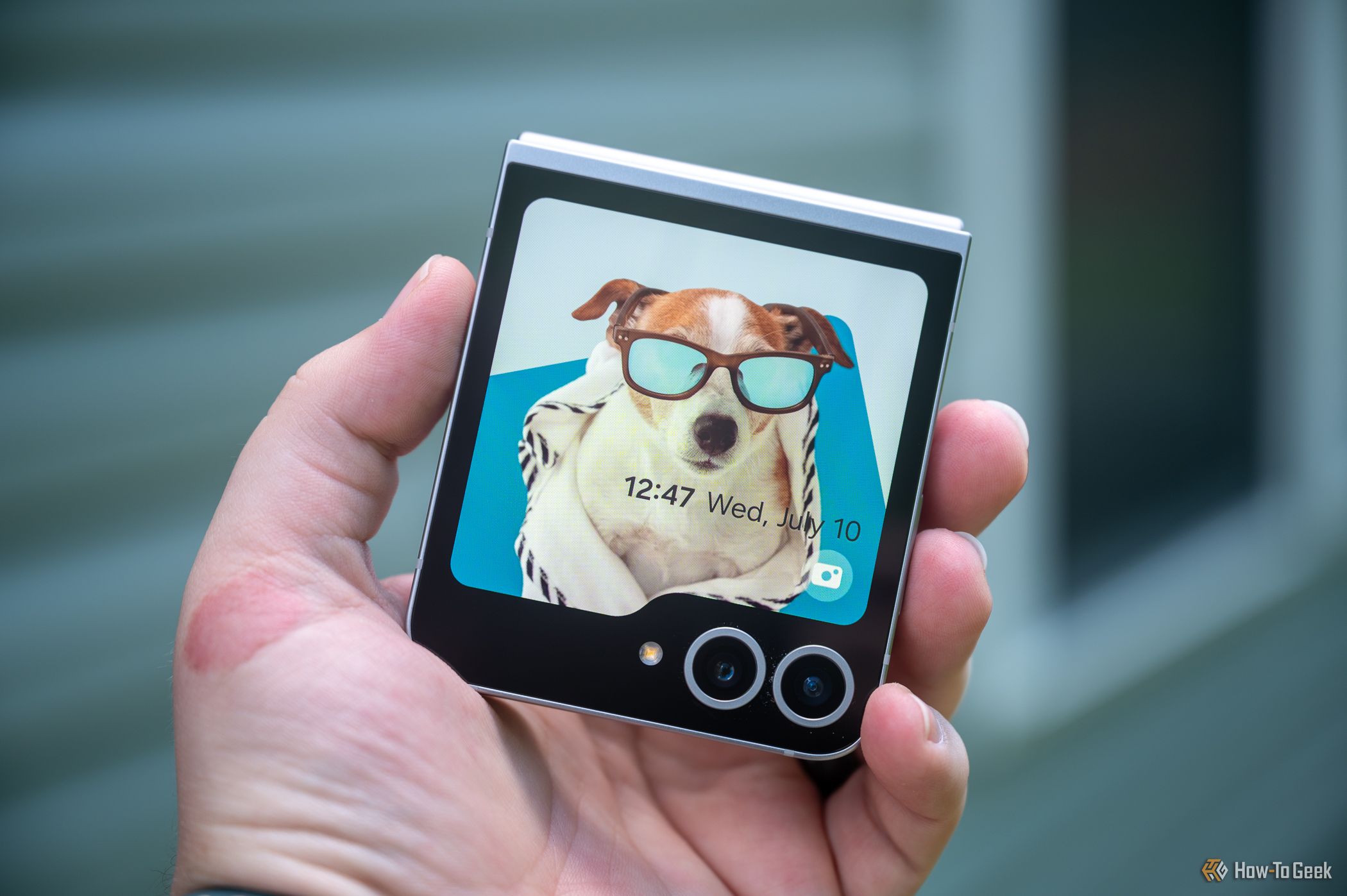
Justin Duino / How-To Geek
Flip phones are more affordable. It’s an obvious point, but you can’t overlook its importance, especially for a market that’s still trying to find its feet. Price remains one of the biggest drivers for buying decisions in tech.
A $2000 device is always going to be somewhat more niche. If you’re unsure about whether folding phones are for you, you need a fair amount of disposable income for that to be worth buying. A flip phone, by contrast, is about the same price as any other flagship phone. If you’re looking for your first foldable, something like a $700 Motorola phone is a much easier choice.
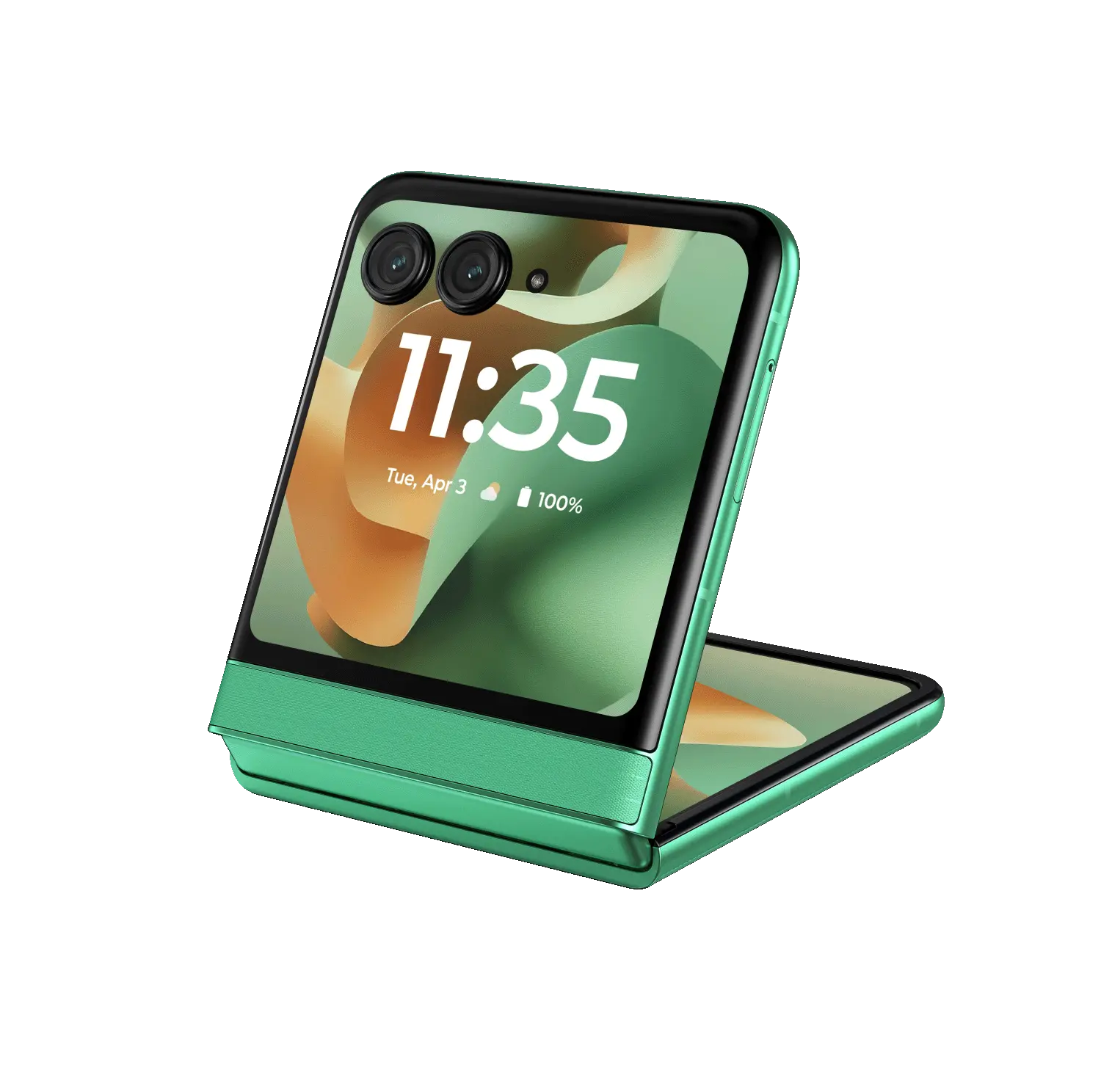
- SoC
-
MediaTek Dimensity 7400X
- RAM
-
8GB
The Moto Razr 2025 refines the popular foldable clamshell design with key upgrades for enhanced durability and performance. It features a robust titanium-reinforced hinge and an improved IP48 rating for dust and water resistance, making it more resilient for daily use.
Allied to the price factor, the appeal is wider too. As much as the larger foldables have slimmed down and become sleeker, they still feel like serious pieces of hardware designed for multitasking and productivity. Flip phones are built for everyone. They’re more enjoyable to use for those who don’t really need powerful hardware, but just send messages and consume content.
2
They’re More Pocketable
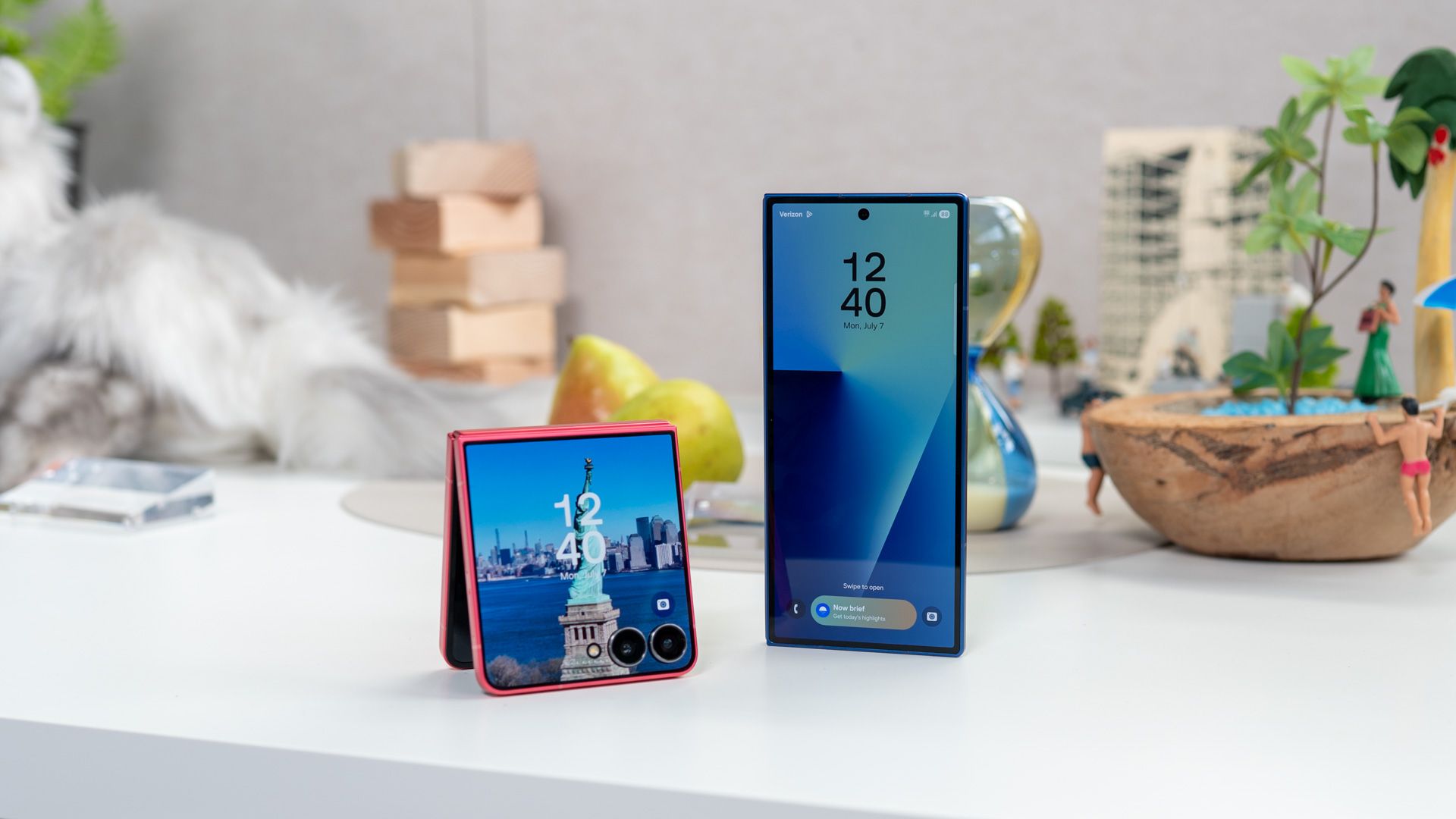
Justin Duino / How-To Geek
Flip phones in some ways represent a return to what phones were in the pre-smartphone era. In the days of the Moto Razr, smaller was definitely better. Users prized compact, pocketable devices with good battery life. Once smartphones came along, big screens became more important.
Flip phones offer the best of both worlds. They’re smaller and more portable. But you still get that big-screen experience when you open it up, so it’s still perfect for gaming and watching videos, combined with a great camera and other cutting-edge tech.
You get a fully powered-up flagship smartphone that fits comfortably into your pocket.
3
They’re More Usable
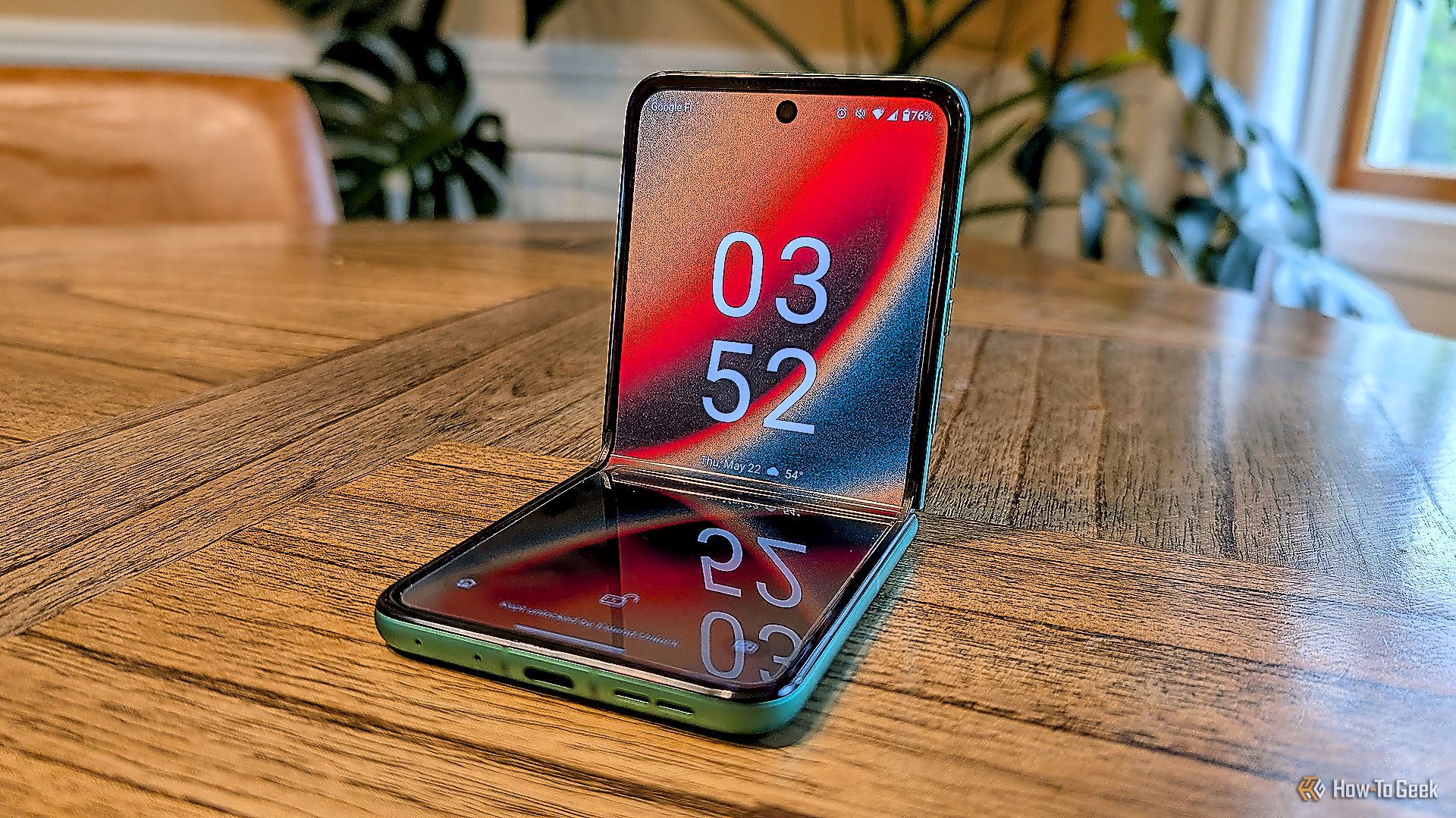
Joe Fedewa / How-To Geek
Flip phones also arguably have a more obvious use case. The thing that stopped me from buying a book-style foldable is not the high price, but a doubt about whether I actually need it.
I can obviously see the benefit of the larger screen for certain things. But the squareness of the display isn’t ideal, and it doesn’t help with the things I use a tablet for, like watching videos. I don’t do much work on my mobile devices, and I’m not a serious gamer, so I realized I wouldn’t even need to unfold my foldable all that often.
On a flip phone, on the other hand, the folding mechanism is built right into the everyday experience. You’ve got a small outer screen to use on a casual basis and then flip it open for pretty much everything else.
4
They Can Cut Your Screen Time
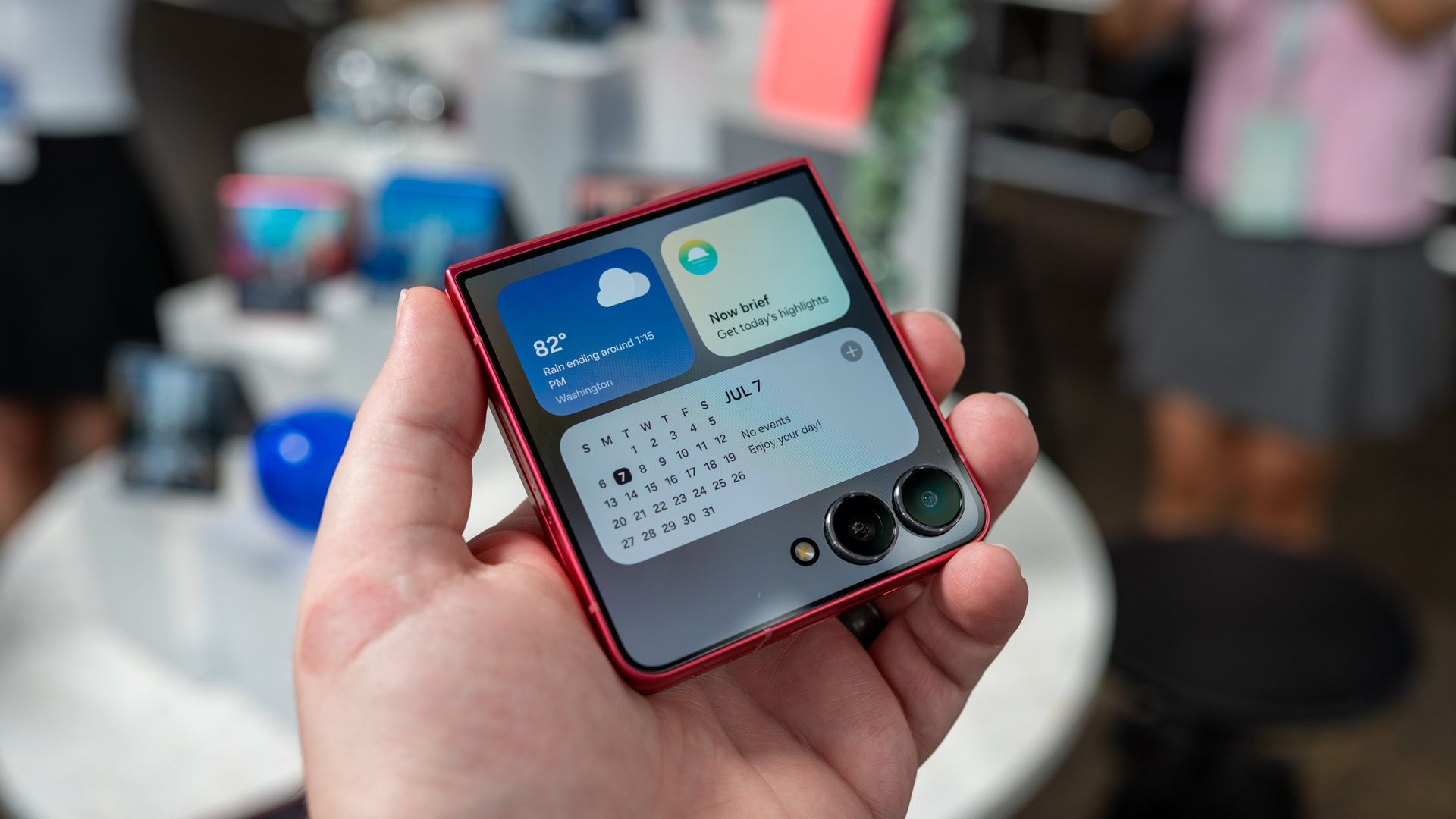
Justin Duino / How-To Geek
That outer screen brings one other benefit as well. It’s perfect for anyone who wants to cut their screen time.
The smaller external display lets you check your notifications, control your media, run apps, and so on. But it does it in a much smaller size and is often widget-based. It’s less likely to entice you with all the bells and whistles that make devices so addictive.
A flip phone could be the perfect way to reduce the amount of time you spend on your phone, or limit things like doomscrolling, without experiencing FOMO or feeling cut off.
The big recent leaps forward in phone design are going to help make foldables become more established. As they do, they will start to gain more attention in the non-tech world and move into more affordable price points. And it’s likely that flip phones will lead the way.
For heavy multitaskers who often carry phones and tablets, a book-style foldable makes sense. For everyone else, a flip phone gives you everything you need without any of the bulk.
